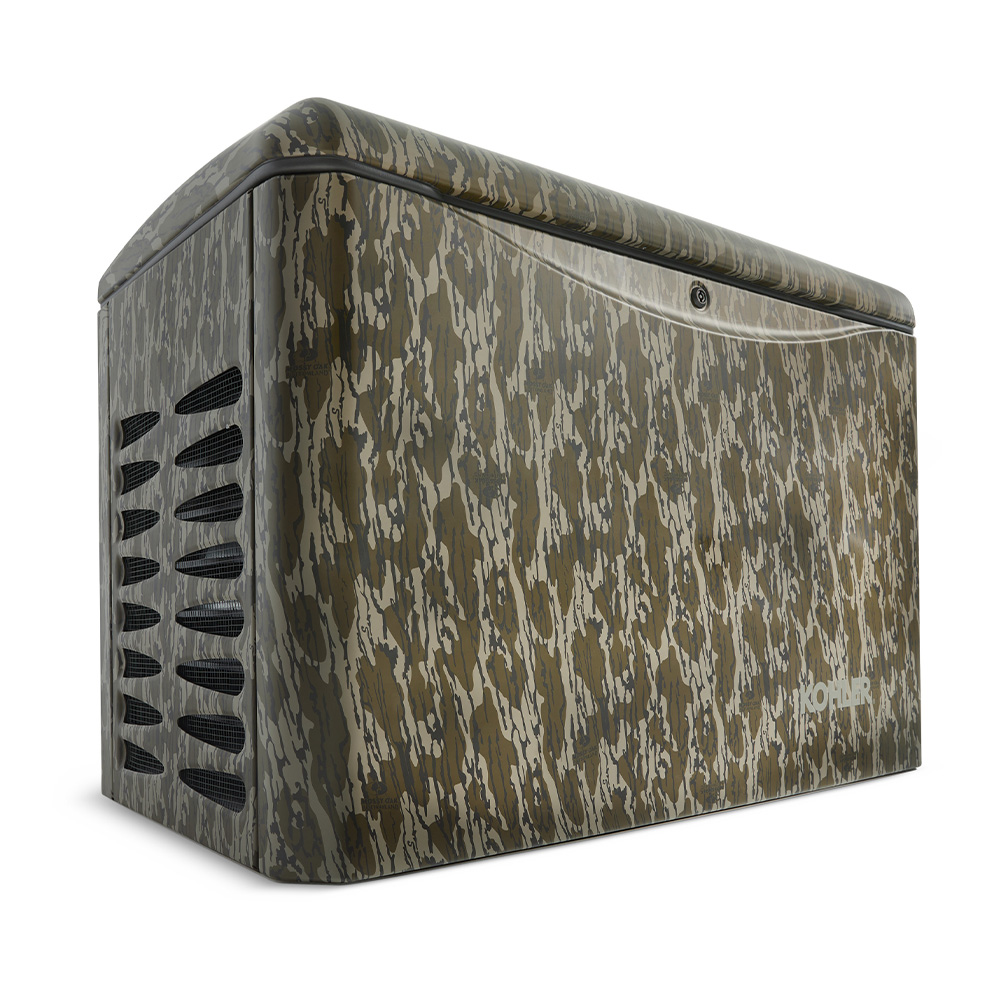WHAT TO EXPECT?
PLANNING YOUR PROJECT.
The installation process for a home generator involves several key steps to ensure proper setup and functionality. Here’s what to expect:
Assessment and Planning: A professional technician will assess your property to determine the optimal location for the generator. Factors like proximity to fuel sources, electrical panels, and local codes will be considered. The technician will also verify power requirements to size the generator correctly.
Permits and Preparation: Installation may require permits based on local regulations. The installer will handle these approvals to ensure compliance with zoning, noise, and safety codes. Preparations may include clearing space for the generator and arranging utility shutoffs.
Installation: The process involves mounting the generator on a sturdy base, connecting it to the fuel source (natural gas, propane, or diesel), and integrating it with your home’s electrical system. A transfer switch is installed to automatically switch power to the generator during outages.
Testing and Inspection: After installation, the technician will test the generator to verify proper operation. This includes simulating a power outage, inspecting fuel lines, and checking electrical connections. Local authorities may conduct an additional inspection to confirm code compliance.
Final Steps: The technician will provide training on operating and maintaining the generator. They’ll discuss safety protocols and recommend a maintenance schedule for long-term reliability.
What is an Automatic Transfer Switch (ATS)?
An automatic transfer switch is a smart and secure way to instantly switch your home’s power source from the main electricity grid to a backup generator whenever there is a blackout or a brownout. It constantly monitors the main power supply and the moment it detects a loss, it signals the generator to start.
Once the main power is back, the ATS switches your home off the generator and reconnects to the grid, ensuring that the generator stops running to save fuel and reduce wear.
With a KOHLER® generator and automatic transfer switch, this process takes approximately 10 seconds, so you’re never in the dark for long. An ATS also increases the safety of your generator, keeping your backup power automatic and “hands-off” and preventing you from having to go out into potentially dangerous weather to start your generator.
Installing Your Home Generator
Where do I start?
One thing to keep in mind – this is not a DIY project. It all begins with a home visit from one of our authorized KOHLER® dealers. They will help you choose the perfect size generator, the right fuel source, and the best installation locations for your generator and transfer switch.
What’s Involved?
- Most installations take a day or two. The authorized KOHLER dealer coordinates a team of licensed electricians and plumbers to make sure the job’s done right.
- A licensed electrician will install the transfer switch first
- After that’s installed, the team will move the generator to the selected location
- Electric lines will then be connected from your transfer switch to the generator
- Once electric is hooked up, the plumber will make the appropriate connections from the pre-selected fuel source to the generator
- After electric and fuel is hooked up, the generator is ready to start and protect your home
Maintenance Practices
Proper maintenance is essential for home standby generators to ensure optimal performance. This includes a range of tasks such as replacing air filters, oil and oil filters, and spark plugs, as well as checking the battery charge. It is also important to inspect the fuel and oil lines regularly and clean the generator from dirt and debris, both inside and outside the enclosure. The frequency of maintenance depends on the usage of the generator.
For generators that run daily during prolonged utility outages, more frequent maintenance is necessary. By following these maintenance practices, you can ensure that your home standby generator stays powered during an outage.
Our Most Popular Products
Request a Free Estimate Today!
Give us a call at (888) 691-5961 or simply fill out the form below — We'll be in touch shortly!
100% privacy guaranteed — your information is safe with us










